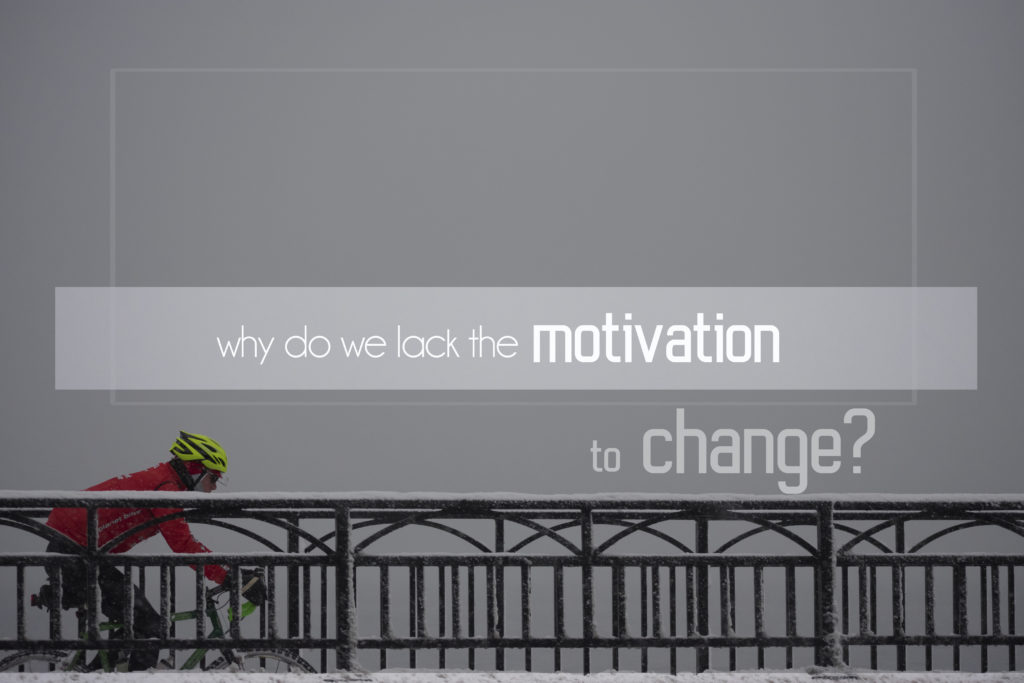Technical Area | Articles
The place to solve all your BIM doubts
Why do we lack the motivation to transition to BIM?
BIM Implementation Lean & Industrialized construction Infrastructures
Introduction.
The key reason, organizations hesitate transitioning to BIM is because they feel it is laborious and time-consuming process. Undoubtedly it is, and in my opinion, it is rightly so. Because the labor it demands only validates its virtues. And besides in my experience, I have seen that the sweetest apple is most usually found at the top of the tree, and is difficult to reach, while the one strewn on the ground though easy to reach, is deceptive and diseased.
Further, having worked in this industry for a couple of years, I have noted that organizations are well aware of the benefits of BIM, for they see massive savings and success other organizations functioning on BIM achieve on a daily basis. And when they notice this success, they try walking in their footsteps, but soon fail against the labor the change demands, and as a result lose strength and switch back to their old ways of working. I wonder what the result would be, if they struggled and continued on their journey, just like a spider continues spinning its web, despite multiple unsuccessful attempts. I wonder what would be the outcome if they questioned, how did other successful organizations achieve that change? But I notice they never question. They never try hard enough. Therefore, I realize that the real problem lies not in switching to BIM being a laborious process, but organizations lacking the motivation to overcome that challenge.
The motivation paradox.
Let me present you two questions. Why is it that a person gathers infinite energy to give up consuming sugar when his doctor diagnoses him as a diabetic and informs him that continuing to consume sugar will soon kill him? Why is it that a lifelong smoker gathers tremendous motivation to give up smoking when his doctor diagnoses him for cancer and informs him that smoking will soon kill him? What creates this sense of urgency in these people, that they are ready to go through tremendous pain to give up lifelong habits?
Now I ask you this: what will it take for you to give up your lifelong habit of working in 2D to transition to BIM? Would it suffice if I tell you, that if you don’t make the change soon enough, other players in the competitive market who are already making the transition will soon take over and destroy your business [in a sense kill you]?
I am certain it is not sufficient enough. Because just like it is not sufficient for a sugar addict to have mere knowledge that consuming sugar will sooner or later kill him, for we see that he continues to consume sugar despite the warning. Or for a smoker to know that sooner or later smoking is going to kill him, for we see that he hates himself for smoking but nonetheless continues to smoke.
What requires them to change is urgency. And in the above cases, it comes in the form of a life-threatening disease. Change then quickly becomes a necessity, a life or death situation. It no longer remains an option but the first priority. The sugar addict quits sugar instantaneously. The cigarette smoker crushes his valuable cigarettes and vows to never pick them up again.
I acknowledge their wise decision, but I have to admit, life has taught me that time once gone never comes back. And an action once taken cannot be revoked. And more dangerously some damages are permanent.
The diabetic might quit sugar. The cancer patient might quit cigarettes. But sadly the damage already done cannot be undone. At most, it will only bring them some relief.
Similarly, if you are waiting for a disease to strike on your organization to motivate you to transition to BIM. I request you to reconsider. The disease could be irrevocable. The damage too deep to recover.
What then is the solution to this problem? It appears to be a vicious cycle, where without urgency we lack the motivation to change, while urgency itself comes in the form of a life-threatening disease which inevitably will cause deep damage.
A possible solution.
Clearly, the only way is to become aware of this vicious cycle, because becoming aware that motivation to change will not come until a disease strikes, and disease will inevitably bring deep damage will be sufficient to motivate you. This new knowledge that disease and change form a vicious cycle will act as the key to unlock the doors of motivation.
The sense of urgency is always lingering in the air. All you have to do is to allow it to seep deep into you. To not brush it aside, or fight it. But just allow it to speak what it wants to speak. I guarantee you once you hear its message. The motivation to change will follow.
If you liked what you read, I would request you to give back to all infrastructure industry people:
- Share this article on social media
- Leave a comment below, and tell me what you think about this.
- Join the Infra Pioneer Group so we can together take this further.
Source: https://www.infrapioneer.com/why-do-we-lack-the-motivation-to-transition-to-bim/











